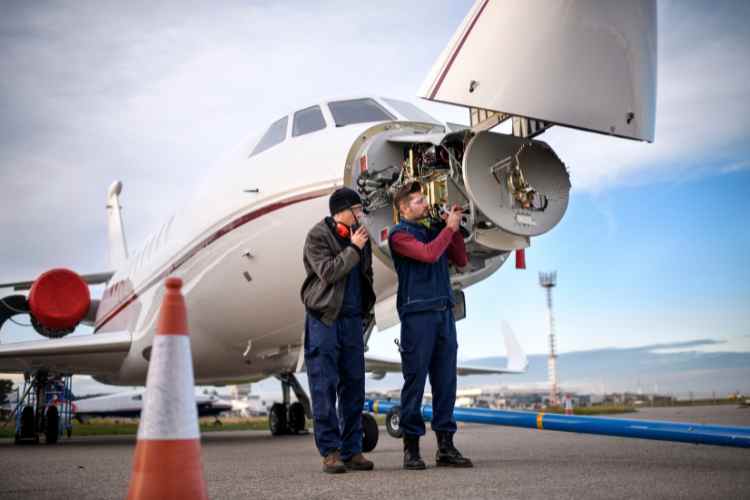Business aviation means being able to fly on your company’s schedule. If ownership isn’t ideal, you might consider a few other approaches to satisfy your company’s aviation needs. Provided below is a breakdown of the main ways to give your business some wings.
Charters/Fractional Ownership
An air charter like Stratos Jet Charters is usually the simplest way to access business aircraft. Rather than worry about capital or maintenance, you just pay the charter’s crew for their time. The big drawback to chartered flights is that high demand can limit your options, and there are no tax perks.
Fractional ownership involves purchasing “shares” of the total aircraft. Because you purchase a portion, you have greater capabilities and can enjoy some tax benefits in exchange for greater upfront costs: a monthly fee for administrative and maintenance issues plus an hourly usage fee. Fractional shares tend last 3-5 years, and some contracts allow owners to cash out their shares at the current market rate.
Leasing
Aircraft leasing breaks down into wet and dry forms.
Wet Leasing
This is similar to chartering-the lessor provides everything while the lessee only pays for hours used. In wet leases, the lessor operates the flight and controls the craft while the lessee covers fuel costs, airport fees, and any other duties. Wet leases last 1-24 months.
Dry Leasing
This arrangement has the lessor provide only the aircraft. The lessee is on the hook for insurance, crew, ground staff, support gear, upkeep, and any other costs. Dry leases usually run for 2+ years, and the lessee is considered the operator of all flights during its run.
Whole Ownership
Step One
Do your homework and understand your aviation needs. This means analyzing annual flight hours, the variety of trips taken, and their passenger loads.
Step Two
Decide between a new or used model. Pre-owned aircraft can be cheaper than a brand-new model, but newer vessels have more contemporary avionics and wireless tech. When looking into larger vessels, demand and lead times between order and delivery can sometimes contribute to prolonged waiting periods. Older aircraft can be upgraded with newer tech but financing can sometimes be hard to find, especially with two-decade-old planes.
Step Three
Hold a pre-purchase inspection. This involves providing a letter of intent to the seller before the purchase agreement that spells out purchasing details like the price, delivery terms, site, etc. Few people make a purchase sight unseen, and you want to be sure that you have noticed every issue that may arise.
Step Four
After any vital repairs have been carried out under the purchase agreement, delivery happens, and the plane goes into service. While most established owners already have an in-house flight department or aviation management service to maintain and staff their aircraft, first-time owners should be mindful of how they plan to manage their new acquisition-either through self-management or outsourcing the work to another company.
Step Five
While still in the planning stages, you should consider financing, registration, title, and taxes, often consulting with aviation experts who know everything about buying and owning aircraft. Financing should be done early-do not seek loans one month before closing and expect a timely approval. While most buyers use cash, around 30% will finance their acquisitions; lenders are thirsty for aviation loans but also super-choosy about who gets top rates.
Red Tape
When seeking an aircraft loan, title insurance is needed to cover all parties against forgeries, deception and FAA errors. An aviation attorney can also help with the red tape of aviation purchases.
Taxes
Several taxes arise with aircraft.
- Sales tax, when relevant, is due upon delivering the aircraft within the receiving state.
- Use and ad valorem taxes are due in the state where the aircraft rests, as are registration fees.
- Personal property taxes may also be taken on the aircraft, depending upon the housing airport’s county.
Taking Off
Anyone interested in acquiring aircraft for their business has multiple options. You may draw up a simple contract to charter or buy a fraction of the total craft, lease the craft, or just buy it for your own needs. Regardless of your path, you should now have some idea of the steps involved.
